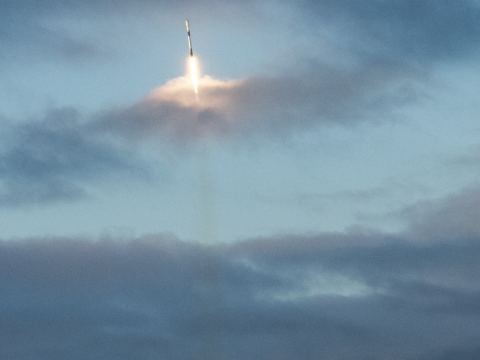INTERNET ROUTING IN SPACE: SOME HINTS OF WHAT THIS MEANS
On 23 November 2009, an Atlas V rocket from the United Launch Alliance successfully launched the Intelsat 14 satellite (IS-14). Liftoff of the Atlas V occurred at 1:55 a.m. ET. The satellite separated successfully two hours later. Great launch!
There is something really significant about this satellite that many enterprise technologists will be paying attention to. Besides its payload of now traditional satellite communications, it carries a specially hosted payload known as the Internet Router in Space, or IRIS.
According to Cisco’s Steve Boutelle, “We believe IRIS will extend broadband services on demand in the sky. The Cisco IRIS payload will merge communications received on various frequency bands and transmit them to multiple users. Once in service, the IRIS payload will support network services for voice, video and data communications, enabling
This router is very much like routers used on the planet. But it is, of course, space-tolerant. Some other key features: It runs the Cisco IOS. And, it can have its software remotely configured (so it can be done from here on earth without sending system administrators up into space).What is the “so what” of this launch? IRIS improves space communications. IRIS will enhance agility, provide more security, and provide space communications into more standard communications equipment. IRIS can route data to multiple ground receivers in a single step, which increases transponder utilization. Since the payload regenerates the signal, its power is increased, which enables a reduction in the size of sending and receiving terminals. This is particularly important to mobile users and to supporting remote, disadvantaged locations. After lessons are gathered from this effort I believe we will see dramatic improvement in the ability of first responders to communicate in crisis situations. Humanitarian efforts around the globe will be better served with more converged services. And our military will be able to move with much greater agility (and with much less weight). This first launch will result in a system positioned at 45 degrees east, gracefully geosynchronous over the
For more details on what IRIS is and why it is more flexible, agile and can provide lower cost, higher performance services see: http://www.cisco.com/web/strategy/government/space-routing.html
If all goes well there this will be a very positive thing for global communications.
Related posts:




Comments